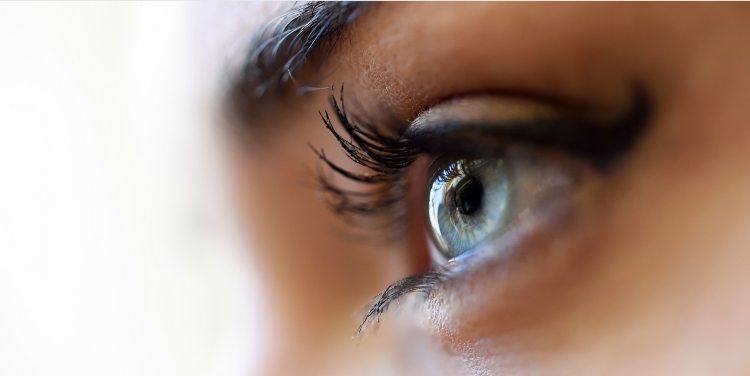According to Fight for Sight, about 120 million will be affected by the condition until 2040.
Glaucoma exerts its impact on approximately half a million individuals in the United Kingdom, a statistic highlighted by data from Fight for Sight. Looking ahead, projections indicate that by the year 2040, an alarming 120 million people worldwide will grapple with this condition, often referred to as the “silent thief of sight.” Recognized as one of the leading causes of blindness worldwide, it operates insidiously, progressing to irreversible stages before manifesting noticeable symptoms.
Because it is asymptomatic in its early stages, glaucoma underscores the critical importance of regular eye examinations. Laura Crawley, a Consultant Ophthalmic Surgeon and Cataract & Glaucoma Specialist emphasizes the necessity of seeking professional evaluation to assess general eye health and analyze eye pressure.
Symptoms of glaucoma, when they do emerge, signal an already advanced stage of the condition. These symptoms encompass pain within and around the eye, reduced peripheral vision, and difficulty seeing in low-light environments. Left untreated, vision reduction progresses inward, potentially leading to blindness.
“Glaucoma typically affects those aged 50 and above, yet specific factors like inflammation or eye trauma can induce it in younger individuals. While often associated with elevated eye pressure, diagnosis may occur within a normal range. Regular medical check-ups are crucial for timely detection and management”, asserts Crawley.
Specialized clinics provide glaucoma treatment in the UK by adopting a comprehensive approach to manage the condition and prevent further vision loss. The initial step involves a thorough eye examination to diagnose and gauge the severity of the condition. Tailored treatment options are then crafted based on each patient’s unique needs. Prescription eye drops often serve as the initial intervention to reduce intraocular pressure and uphold eye health. These drops function by either enhancing fluid drainage or diminishing fluid production within the eye.
Laser therapy may be recommended for cases where eye drops prove insufficient to enhance the eye’s drainage system, facilitating better fluid flow and reducing pressure. In more advanced instances, surgical interventions like trabeculectomy or minimally invasive glaucoma surgery (MIGS) may be considered. These procedures establish alternative pathways for fluid drainage, effectively lowering intraocular pressure. The choice of treatment is guided by the specific characteristics of the glaucoma and the patient’s overall health.
Crawley concludes, “While glaucoma may lack a cure, proactive treatment is crucial to halt its progression. The ultimate goal is always to preserve patients’ sight and afford them a high quality of life”.
David Prior
David Prior is the editor of Today News, responsible for the overall editorial strategy. He is an NCTJ-qualified journalist with over 20 years’ experience, and is also editor of the award-winning hyperlocal news title Altrincham Today. His LinkedIn profile is here.













































































